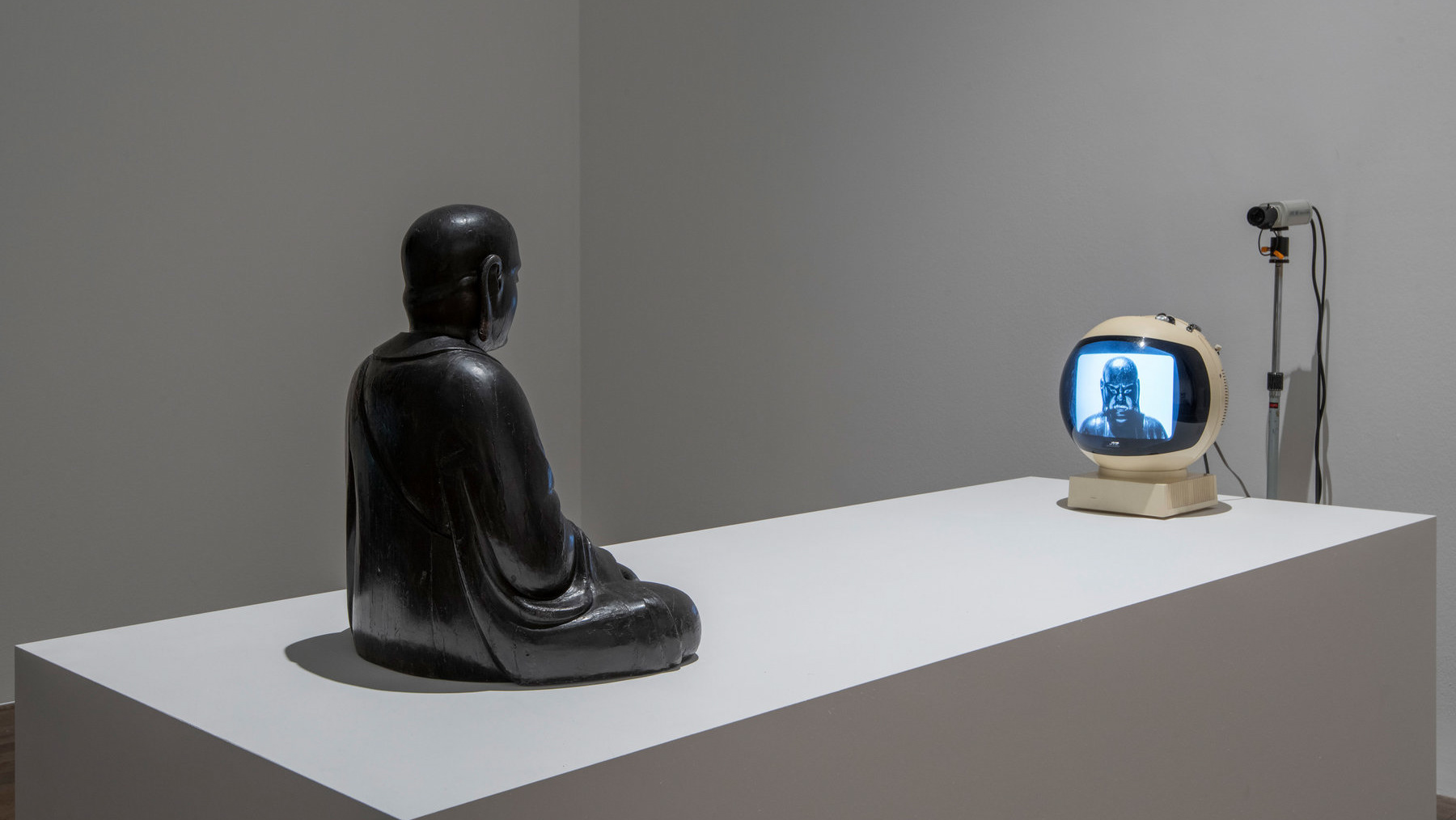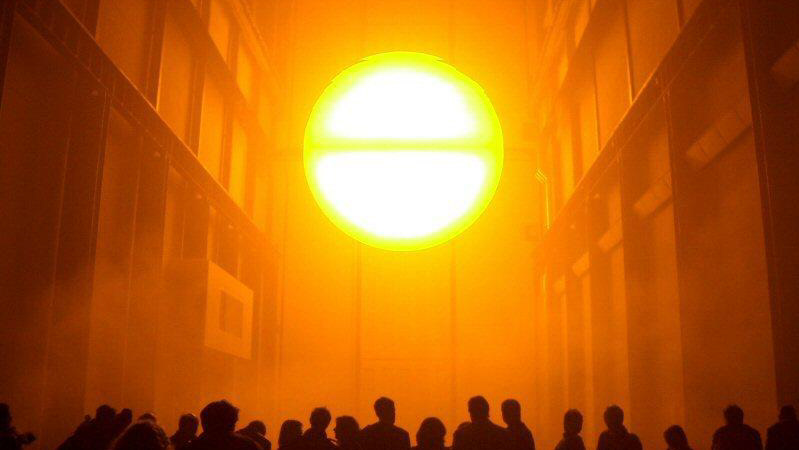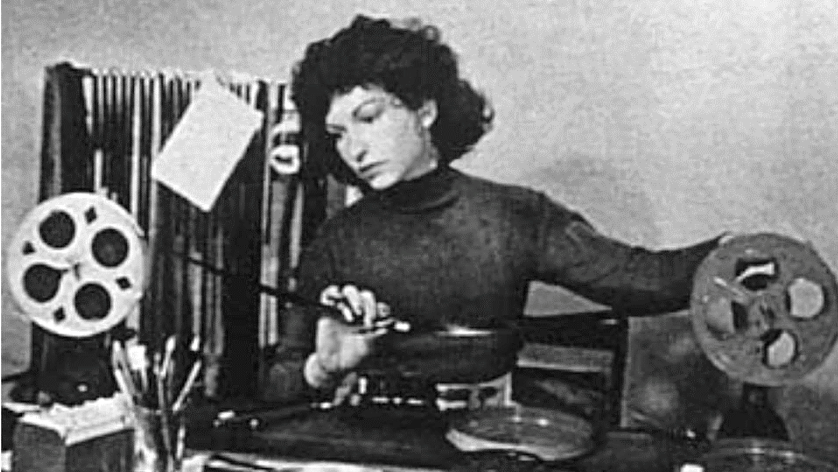I would like to start by defining the concept of photography and intermedia. Photography can be described as the recording of light or the recording of an image using light through various techniques. The term intermedia was introduced in the mid-sixties by Dick Higgins. The expanding activities at that time, occurring at the intersection of different media, were generally classified as intermedia. Inspired by the work of John Cage, Higgins referred to his creative activities as intermedial in an essay from 1965. Intermedia can also include actions utilizing the medium of photography. Over time, specific combinations of media in artistic creation have taken on separate names, such as photomontage or visual poetry. When we think about art today, it is often challenging to fit it into specific technical boundaries. New art transcends the boundaries of media. I believe that the phenomenon once referred to as a trend in the sixties is now omnipresent in artistic activities. This lack of boundaries allows contemporary artists to move freely between various areas. Knowledge of different techniques enables a conscious choice of a specific medium for the theme of each individual work.
To determine the relationship between photography and intermedia, I decided to analyze their functions. All artistic media adhere to the principle of communication. They convey a certain message to the audience. In addition to communication, photography and film also touch upon the dimension of time, especially memory. This is a feature that clearly distinguishes this medium from others. We can refer to the theory of the decisive moment as the capture of a unique moment, as well as documentation that allows us to revisit a specific place or simply see an image, person, or situation separated from us by time and space. Therefore, without photography, we would not be discussing the works of artists such as John Heartfield, Raoul Hausmann, Hannah Höch, and others today. Artists used photography to create works, distorting it to convey a specific message to the audience. These works, which combine photomontage, collage, and photography, could even be described as the weaponry of that era.
We could also describe photomontage as a form of mystification or a perfect attempt at manipulation, which we still observe today, for example, in fake news, magazines, and gossip websites. The accompanying history of the Cottingley Fairies series tells the story of fairies spotted near a stream in the town of Cottingley. The photos were considered authentic, and even an article about the life of the fairies was published in the Strand Magazine, selling out within a few days. It was only in the 1980s that it was revealed that the photos were actually photomontages. These works certainly show us the enormous power and influence that visuality has on society.
In conceptual art, artists rejected the primacy of the object in favor of the idea, focusing their efforts on the intellectual nature of creativity. Counted images, also titled "From One to Infinity," became a life program for Roman Opalka. The work began by chance when the artist, killing time, started noting consecutive rows of numbers on a napkin. This moment led to the abandonment of other creative pursuits and submission to iron discipline. A detail with the countdown was created for seven months, then he painted ten canvases each year with white paint on a black background. Over time, he began introducing compilations while simultaneously recording his voice counting the digits. When the artist traveled, he created small cards with further notes on pieces of Bristol board. Every day, Opalka photographed his face in a tight frame and the same setting. Over time, the notes became longer and less visible, transforming into sequences of white numbers on white. Using various media, the artist attempted to record the duration of existence.
In cameraless photography, almost painterly images are created using photographic techniques. I think a great example is Robert Rauschenberg, who creates cyanotypes. The artist exposes a model lying on photosensitive paper. In his works, he also uses plants and other objects, creating fantastic narratives.
The concept of photo-object should also be mentioned. In the series "Phantoms," Jan Berdak performs a simple procedure. He cuts out life-sized photographs of bodies on a 1:1 scale. The artist places them in everyday spatial situations, then photographs and prepares gelatin-silver prints on baryta paper. This situation enriches the photographic image with real space. By using technological processing methods and arranging the photographic space, the image transforms from two-dimensional into a multidimensional object. This is another example of an object where the interplay of sculpture, painting, or scenography goes beyond the category of photography itself.
Grzegorz Bojanowski attempts to grasp photography. He removes backgrounds and figures from photos, leaving only their outlines and describes each of them with a single word. His works touch on the theme of image overproduction. The artist speaks about the possessiveness of photography, also defining it as a "timeless deposit of nature." Bojanowski's series stimulates our imagination, presenting outlines that we fill in with our own remembered images. The context of memory also appears to be crucial here. The works communicate that photography, to some extent, displaces this memory from us.
The Secret Performance by Mikołaj Smoczyński is a series of photographs exhibited in black-and-white prints. The works depict an empty space and floor that become the stage for a performance recorded and partially arranged by Smoczyński. Minimalistic in form, almost abstract, the images evoke mystical interpretations. The on-camera performances are an attempt to precisely convey the reality. The images are autonomous but completely subordinated to the space, place, and time.
Another artist I would like to highlight is Robin Rhode. In his video works, the artist combines performance and acting with two-dimensional animation. He narrates about the post-Apartheid world, street culture, and colonialism. The works clearly address racial inequality, poverty, and segregation. Rhode creates a collage of movement and memory, interacting with charcoal-drawn images, turning spatial surfaces into participants in the process and canvases for Rhode. He himself says that he wanted to become art, not just engage with it. These two-dimensional visualizations, by placing them in urban landscapes, become three-dimensional, simultaneously playing with the phenomenon of illusion.
Steven Pippin works with modified or improvised photographic equipment and kinetic sculptures. His early work involved transforming furniture and everyday objects into makeshift pinhole cameras, which he then used to capture intriguing photographs. Compassionate photography could be described as an exposure to suffering and bodily sensitivity. Pippin's work often involves significant planning to overcome the challenges posed by a particular object. The artist has to plan and construct a considerable amount of auxiliary equipment to achieve the final effect. The resulting photos are often distorted or otherwise jeopardized by the method of their construction, but imperfections are an important feature of the image, referring to the object that was used as the camera. The photographs are always displayed alongside the converted object's image, and the actual equipment used for conversion, along with documentation, is included in later works. The Quantum camera is a camera where the photography process takes place in a closed circuit. It creates images for itself, focusing solely on the process. Accompanying it is a series of photos where the cameras capture the moment of their own destruction, along with Pippin's commentary: Photographic Philosophical Treatise (End of Photography). His work "Laundromat Locomotion," in which he transformed a row of twelve washing machines in a laundry into a series of cameras triggered by wires, then rode a horse through the laundry to recreate Muybridge's work, was presented at the "New Work" exhibition at the San Francisco Museum of Modern Art in 1998. Pippin's more recent works also include kinetic sculptures where movement is perceived by the viewer.
Visual poetry by Joan Brossa is another important aspect of intermediality. His project titled "Object Poems" is a series of photographs of objects. It is incredibly intriguing as it creates a visual poem, an object poem. This is a decisive step beyond the idea of poetry, changing its foundation. Brossa does not use paper but everyday objects that the recipient can also relate to. This gives the work multidimensional meanings. By relying on simple ways of perception, Joan Brossa shows us new spaces of sensitivity.
Erik Kessels collects photographs found at markets, antique shops, and on the internet. He appropriates them and changes their context. Through Kessels Kramer Publishing, he extensively publishes photographs of others, his own, found ones, including vernacular ones. Noteworthy is the series of photographs from his magazine "Useful Photography," which the artist edits along with others. In it, he celebrates images that are functionally clean. He also creates a series of books drawing attention to motifs appearing accidentally in amateur photographic albums. The artist has definitely established himself as a master of found photography. By seeking abandoned family albums, Kessels renews their oddity and beauty. The essence of his work lies not only in the images themselves but also in the stories about the photos. By gathering a group of photos dedicated to a chosen theme, the artist treats them as if the photographers were vernacular conceptual artists.
Penelope Umbrico explores a similar theme in her work. In the series titled "Suns from Sunsets from Flickr," the artist searches the Flickr website for the most frequently photographed object. She finds sunsets, the most tagged images, which counted 541,795 views in 2006. Appropriating successive images, Umbrico cropped suns from them, printed them as machine prints, and created collections-installations. Her first work in the series featured 541,795 suns. The artist employed a similar technique with images of the moon. Both the sun and the moon, as individual objects, have been multiplied many times in the electronic space and are viewed in the cool light of the screen. These two objects are charged with significant symbolism. Umbrico draws our attention not only to the multitude of images but also to a kind of collective practice in which we all engage despite any reservations. Despite the awareness of the existence of so many representations, perhaps this idea of collectivism is part of the beauty that accompanies taking pictures of sunsets.
Nam June Paik, a member of the Fluxus movement, created video works, video sculptures, interactive installations, and other media objects, simultaneously combining pop culture with philosophy and mass media strategies. Paik experimented with television. His first exhibition showcased television objects, which were modified receivers. He also created performances combining video and music with integration. His works definitely raised awareness of the impending era. Fast sequences of brightly colored images, often intense, became his trademark. The observer remains uncertain whether his art is an affirmative fulfillment of the instinct for play or a critical reflection on media or society.
Some of the artist's works evoke associations with the worldview of Zen philosophy, consciously reinforcing the dramaturgy of the presentation. The juxtaposition of a television set, which Paik depicts with human features using a few strokes of ink, and a wooden TV is visually thought-provoking, a dialectical element that captures the eye. Similarly, TV Buddha can be metaphorically understood as an invitation to contemplation. However, the question remains unanswered whether spiritual contemplation degenerates into the mind-numbing effect of television or vice versa. Does looking into the heart of mass media transcend to another level of existence?
The video works and visual installations of Bill Viola address philosophical and existential issues. They visualize images, content, and states. In his works, we can perceive the merging of physical sensations with psychological experiences, individual content with collective memory, and perceptual experiences with the imagined. The artist collides reality with the subconscious, where memory and emotions intertwine with knowledge. In Bill's work, the camera becomes a tool that shows us not only an image but also thoughts. It reveals multidimensional aspects and summons moments from memory.
We could then assume that photography is one of the tools of the intermedial artist. However, it seems to me that it would be too much of an oversimplification. Media also do not exclude the appreciation of traditional forms of expression, just as craftsmanship or technological areas. The contemporary world offers us more and more possibilities, revealing new areas of action. In today's times, when images accompany us at every step, their saturation makes aesthetics less significant in creative activities, and actions are not limited solely to visualization. Photography is a medium that creates actions in and of itself, but at the same time complements or even defines other actions in the realm of art.



